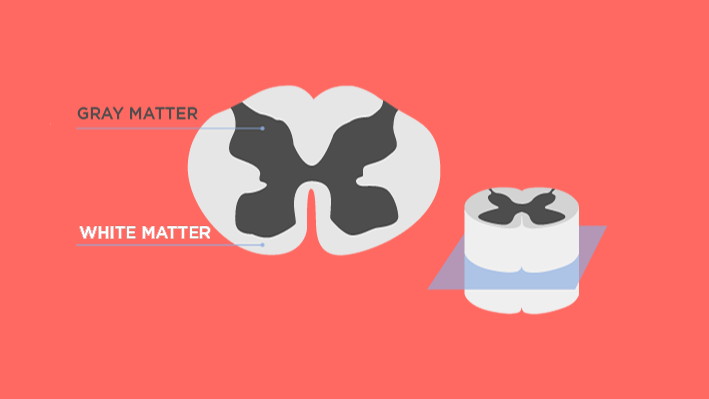Do you want to train your brain? Start juggling!

Here’s why you should learn how to juggle, according to science.
The art of juggling has been around for thousands of years. The first evidence of juggling dates back to the Middle Kingdom Period of Egypt (1994-1781 BC) and is found in a panel in the tomb of an unknown prince. [1]

Egyptians juggling, black and white picture
Have you ever seen a juggler in the streets and wondered, “What is going on in his head”? Well, a group of scientists actually did it! They used whole-brain magnetic-resonance imaging to scan 20 volunteers for over three months to understand how juggling affects the brain.
What they found:
Scans pointed out that learning to juggle caused certain alterations in the brain—the interconnections between the two hemispheres increased in number and thickness [2]. Furthermore, according to BBC News Online (22 January 2004), “Jugglers had more gray matter — which consists largely of the nerve cells — in the regions in charge for processing visual and motion information”.

Brain gray and white matter
Gray matter gives us the capability of higher learning, focus, memory, and thought. Increasing your gray matter means having access to a faster brain. The complex task that is juggling presents a strong stimulus for the brain causing an adaptive response. The scans showed two kinds of structural changes: transient and permanent. The amount of time needed to achieve permanent structural changes strongly depends on the person, but anybody could expect to have changes within a month spent training.
But there’s more…
Secondly, juggling is a great way to meditate. “Meditation can be defined as a set of techniques that are intended to encourage a heightened state of awareness and focused attention. Meditation is also a consciousness-changing technique that has been shown to have a wide number of benefits on psychological well-being”.[3]
Our mind is our most valuable resource. It allows us to experience every single moment of our life, to be happy, to cope with emotions. The well-being of the mind is what guarantees us to be emotionally stable individuals. And yet, we don’t take any time out to look after it. We always get stressed. Our mind whizzes like a washing machine as it has to deal with feelings and emotions we often don’t know how to cope with. At such times, meditation can offer a greater and deeper appreciation of the present moment.
You can learn how to be “truly present”.
We spend most of our time not really thinking about what we are doing. This behavior can be described as a sort of “autopilot”. Although this can help us do almost automatically complex tasks such as walking, it can also prevent us from really appreciating what we have. This is where meditation comes in.
There are many different ways of meditating, the two most common types are concentrative and mindfulness meditation[4]:
- Concentrative meditation – This involves focusing all of your attention on a specific object while tuning out everything else around you. The goal is to really experience whatever you are focusing on, to enjoy it without being distracted by other thoughts;
- Mindfulness meditation – This involves the state of being aware of and involved in the present moment and making yourself open, aware, and accepting.
Juggling can be considered the best form of active concentrative meditation. Practicing this skill 10 minutes per day can make anyone achieve remarkable results. You will not only gain the ability to be more focused but control your thoughts.
So what are you waiting for? Start juggling!
References:
- Gillen, B. (1986). “Remember the Force Hassan! Delving Deeper into Juggling Hieroglyphics,”. Juggler’s World, 9-10.
- Bogdan Draganski*, C. G. (2004). “Changes in grey matter induced by training. Nature”.
- National Center for Complementary and Integrative Health. “Meditation: In Depth”. Updated January 2, 2019.
- Xu J, Vik A, Groote IR, et al. “Nondirective meditation activates default mode network and areas associated with memory retrieval and emotional processing”. Front Hum Neurosci. 2014;8:86. doi:10.3389/fnhum.2014.00086







